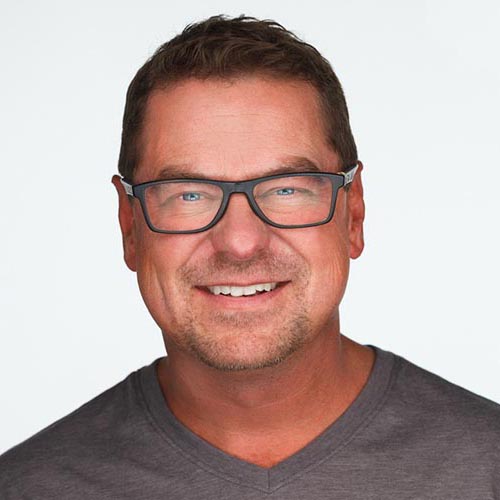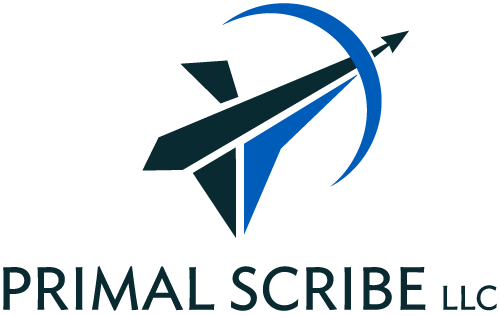Employee Communications
Building Brand AmbassadorsEmployees are your single most valuable touchpoint because they are highly trusted. According to LinkedIn, content shared by employees has 2 times the engagement rate of content shared by a company.
ragan social media conference
I was interviewed at the Ragan Social Media Conference for PR, Marketing and Corporate Communications at Disney World about our use of video to drive employee engagement.
a people first strategy
The Edelman Trust Barometer shows that on any given topic, buyers trust people like themselves – subject matter experts, peers. They don’t want to hear from faceless corporations, they want to hear from humans.
In a Business to Human (B2H) world, company channels should be used to push thought leadership from executives and subject-matter experts. Employees should host webinars to share your thought leadership.
Once your content is published, employees should share your thought leadership to their personal social networks to drive earned reach and enjoy higher engagement rates.
When we needed to recruit a number of positions at Rio Tinto’s Southern California operations, we used employees to tell our story and had colleagues share the stories on social.
I have been a strategist and speechwriter for many leaders, including Robert Shelton, former president of the University of Arizona, Paul Bonavia, former CEO of UNS Energy Corp and Xcel Energy, and Dean Gehring, former CEO of Rio Tinto Minerals.
At CenturyLink, developed executive-level communications that reached 45,000 employees in 37 states, Canada, Europe and India. Supported the SVP of HR in developing strategy for Merger & Acquisition transactions that impacted thousands of employees at several organizations in two-year period.
At Rio Tinto, I served on a global communication team responsible for 40,000 employees in 18 countries, including launching a purpose brand campaign to drive deeper meaning into the daily work of our employees and extend that narrative to our diverse stakeholders around the globe.
Justin Sewell: Driving improvements with data
Case Study
Meet Justin Sewell, Shipping & Rail Operations superintendent, at our Boron Operations in California, United States. Justin has developed an app to monitor trucks at Boron, and it’s helping drive efficiency across the operation.
Before joining Rio Tinto, Justin was a heavy vehicle equipment operator with the United States Marine Corps. He then studied computer science at the University of Arizona. Rio Tinto provided an opportunity for Justin to merge his experience as an operator with his technology background.
“Working on the frontline, I was able to realize the gaps in information that we had,” he says. “From there I was able to build a web application that allowed minute-to-minute, second-to-second data visualization of what was happening at the mine.”
Justin’s app is now used every day at the mine, from frontline supervisors and all the way up to senior leadership.
Evan Stevens: Teaming up for quality excellence
Case Study
Meet Evan Stevens, senior quality adviser, at our Boron Operations in California, United States.
Evan is part of a team that oversees the quality control checks throughout the mining process. Evan enjoys his role at the mine, where he says the best thing is interacting with people.
“I’m very lucky in my role in being connected to both the operations as well as the customer,” he says. “I work a lot with customers and representatives of customers to ensure that the product they receive meets their specifications and translating that to the operations … that are actually ensuring that happens. It’s challenging, it’s exciting.”
Evan’s and his team’s efforts help to ensure that the final product meets Rio Tinto’s specifications—and the expectations of our customers.
leadership: making the boat go faster
Case Study
At Rio Tinto, Dean Gehring, CEO of U.S. Borax, assembled 25 colleagues of his senior leadership team from around the globe for a strategic meeting in Denver.
“Here’s our challenge,” Dean told them. “How does a business that’s enjoyed 145 years of success challenge itself to think differently? How do we adapt to the world changing around us? How do we make the boat go faster?”
The last line referenced a Cambridge professor’s story about winning college rowing teams’ razor sharp focus on one thing: how to make the boat go faster. Everything else doesn’t matter.
As I sat in the audience, it struck me that a CEO memo recapping the meeting wasn’t going to capture the energy in the room. So I asked Dean if he I could use my iPhone to take some unplanned interviews.
The result was this video, which we posted to our Intranet and Yammer encouraging other “rowers” to share with us what they were going to do to help the Borax team win.
Don't be afraid of iPhone video
This entire video was shot on iPhone, then edited on a MacBook in Final Cut Pro.

John C. Brown
Marketing Communications Consultant
Get In Touch
